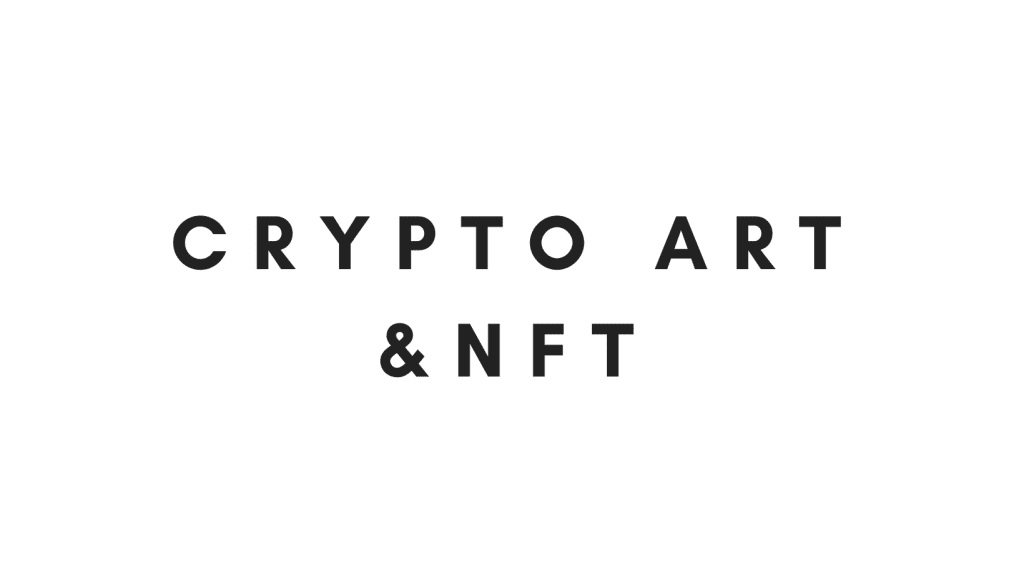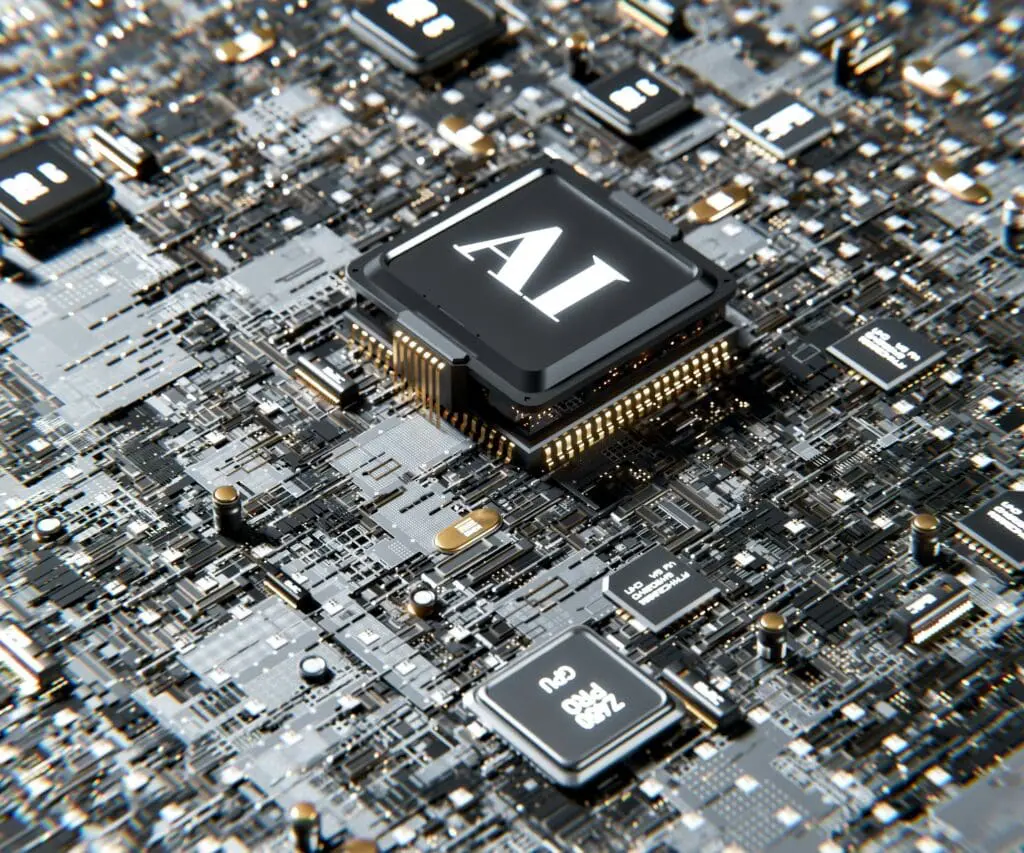Copyright implications of Crypto Art, smart contracts, and Non-Fungible Tokens (NFT) for the independent creator
Copyright will not disappear despite the apocalyptic messages sent by so many techies, failing to understand a basic concept: creators and artists deserve a fair pay for their works.
It is true that we fall short to recognise the social responsibility in medical patents or works of art that should be made more widely available. But artists and creators, specially and primarily in the indie arena, cannot continue paying it all.
The last few months crypto art and NFTs have regularly cropped up on the news. as many artists have been reporting a huge increase on their income through digital transactions using blockchain and NFT technologies, based largely on Bitcoins and Ethereum networks.
Let’s briefly discuss the different technologies before entering in the copyright implications:
Smart contracts and Blockchain Technology
Blockchain is a way of storing digital transactions legally based on smart contracts, which are in most cases, if properly designed, legally enforceable.
Smart contracts were defined more than twenty years ago by N. Szabo, ‘Smart Contracts’ (1994) as ‘a computerized protocol that executes the terms of a contract’ and argued that ‘the general objectives of smart contract design are to satisfy common contractual conditions (such as payment terms, liens, confidentiality, and even enforcement), minimize exceptions both malicious and accidental, and minimize the need for trusted intermediaries.
Blockchain may be the most important invention since the internet. It is the software that enables multiple parties to collaborate and share information. Blockchain is a form of distributed ledger technology.
With the Blockchain Technology it is possible to record digital transactions as encrypted ‘blocks’ of data that are time stamped and linked in a chain using cryptography. Using blockchain the transactions are cutting out the ‘middleman’ and every movement is recorded in a shared ledger through a complex series of algorithms and cryptography.
Blockchain is decentralised because it removes the need for a third party intermediary and it is distributed, because it keeps a permanent record of every transaction, not just in one central location but simultaneously across a vast network of computers so every computer will have the same copy of the ledger which will be updated in real time.
The Non Fungible Tokens
NFT is a special token that represents a unique ID linked to a piece of crypto art that can’t be replicated and it is used to verify ownership of a piece. The digital works of art can be distributed via a crypto art gallery or the artist’s own digital channel using blockchain technology.
NFT, based on blockchain principles, are different from crypto currencies, such as bitcoins, where a particular token will be indistinguishable from another token of the same value. Bitcoin, as any other currency is “fungible” –interchangeable. However, NFTs are inherently unique and irreplaceable, i.e non fungible. The NFT value is determined according to its unique personality or characteristics, creating an opportunity for unique creations.
Crypto art
Crypto art is a recent artistic movement in which the artist produces works of art, typically still or animated images. This digital art is treated like physical art due to the ability to have verified ownership of the piece. Just like an original painting signed by the artist can be authenticated, crypto art can be also verified the same way using a non-fungible token (NFT).
Market Value
With the impact of the Covid-19 pandemic in the art trade, the digital market has opened the opportunity for many artists to exhibit and sell their work worldwide. Digital and traditional audiovisual or written contents alike.
L’Atelier BNP Paribas speaks now of a Non-Fungible Tokens (NFT) art revolution. The first digital-only art auction of Beeple at Christie’s netted $69m. Prior to this, a crypto art rendition of the Nyan Cat meme sold for about $US590k. Crypto art represents a $US100m market and allows digital artists to monetise their digital creations. Investors are noticing that crypto art is a way of making digital art unique, and therefore a valuable asset.
The value is based upon scarcity and the fact that the crypto art is not reproducible due to the NFT. In the same way that an art collector would buy an original Picasso, some collectors buy crypto art purely for spectating or some just want to support the artist. In any case there is a market and like normal art, varies wildly in price from the tens of dollars, to the thousands, to the millions.
Creating crypto art means that the artist retains copyright and gets royalties from each sale on the secondary market which is guaranteed by the NFTs traceability. The creators are not only profiting from the original economic activity but they have the technology to track and to be potentially compensated every time their work is resold.
Challenges
The legal issues that could arise for the creators mainly involve copyright, ownership and the artist’s moral rights. Before this new digital era it was rarely worth fighting copyright claims in the field of visual arts as legal costs were too high compared to the financial value of any potential outcome. Now the increasing market has made it much more profitable in many cases.
Licensing intellectual property rights can be a complicated business and is usually the subject of detailed negotiations. While there have been many infringement of copyright suits for physical art, the infringement of rights over crypto assets is still an unexplored field.
Artists and buyers need to consider the platform they are using. As crypto art relies heavily on blockchain technology for its distribution, it is important to note that blockchain is a technology that is still in its infancy. There is still a lack of consensus on standards so there are many different types of blockchain and plenty of rules.
With all the challenges ahead and with the perspective of monetising a crypto asset, anyone who is entering the world of NFT art will need to seriously consider getting the appropriate assessment from the perspective of taxation, corporate structure, and of course intellectual property.
By Mónica Navarro Chief Legal Counsel at Del Canto Chambers
Contact Us
Del Canto Chambers is a leading London Chambers specialising in commercial law and tax, both domestic and international.
We can offer you extensive advice and guidance in putting the right legal structure in place for your new business. Our legal experts can work with you throughout the life of your enterprise, ensuring that it has a sound basis and that all compliance issues are properly dealt with.
To make a no-obligation enquiry, please either call us now on:
+44 2070 430648 or Make An Online Enquiry.







